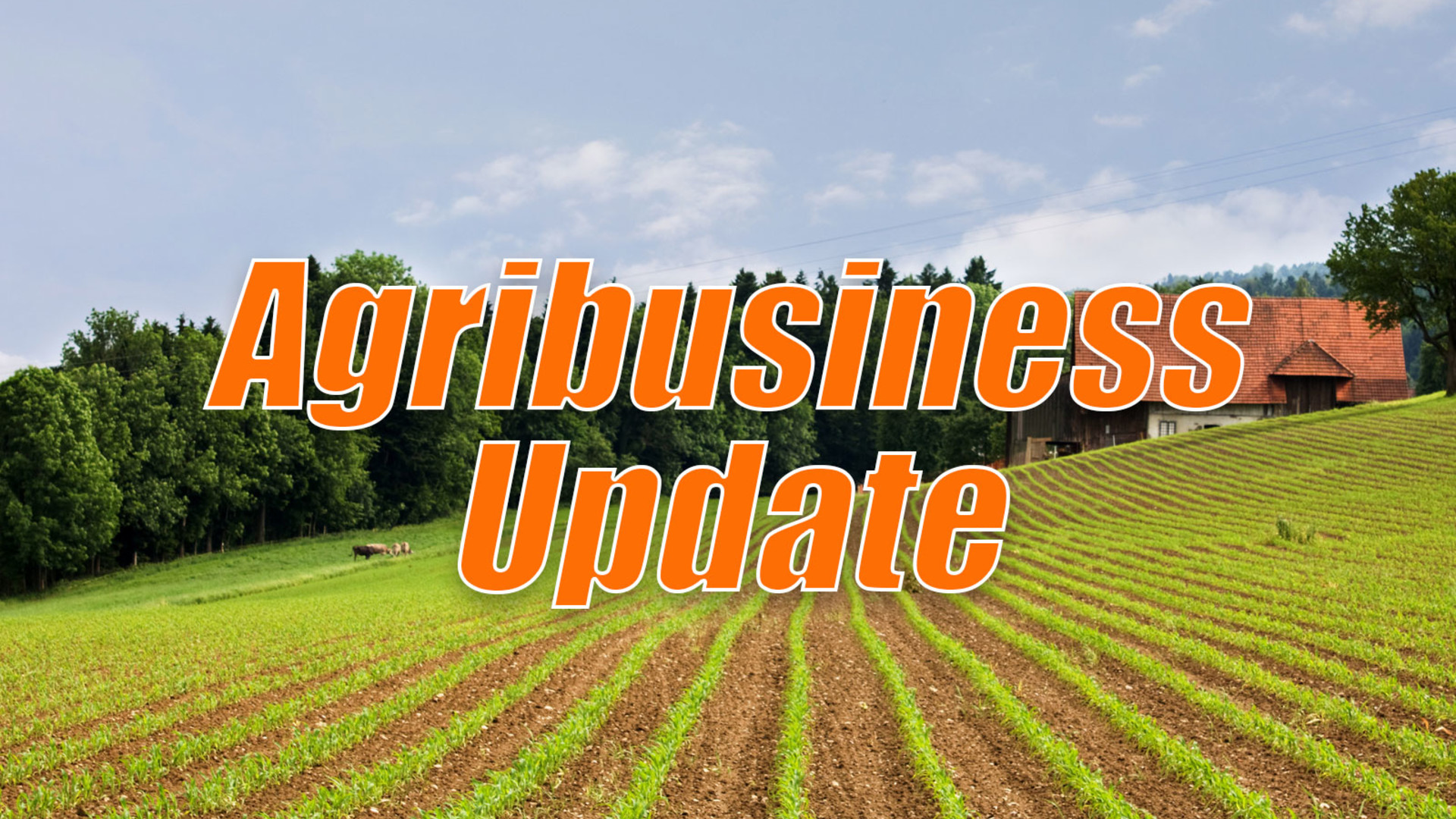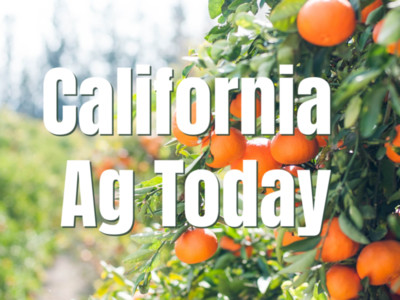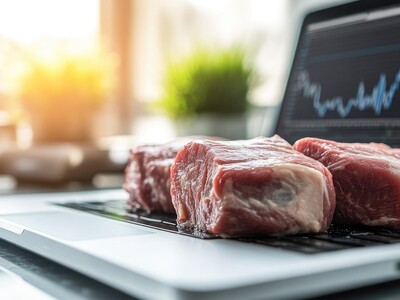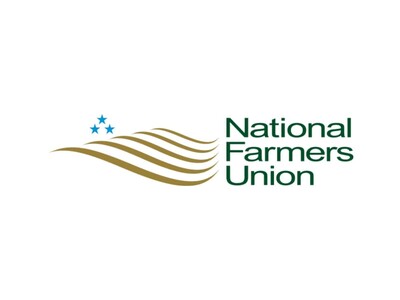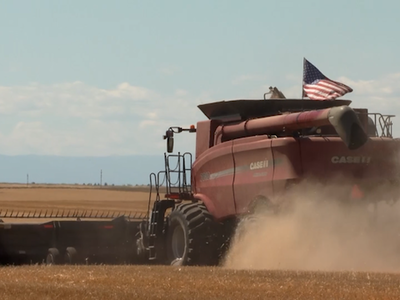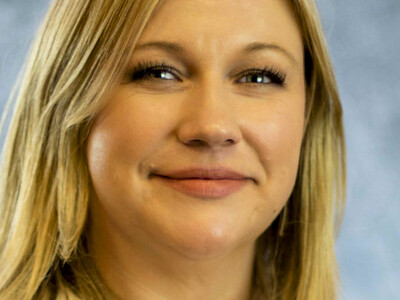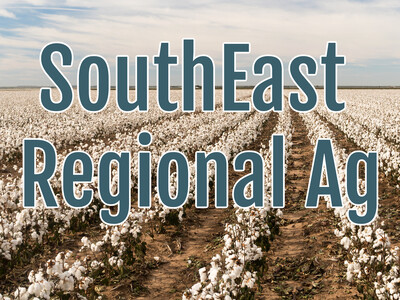Georgia's Cotton Leaf Roll Dwarf Virus and Hurricane Ida Food Packages
From the Ag Information Network, I’m Bob Larson with your Agribusiness Update.**While aphids aren’t a direct threat to cotton, they can carry a virus that’s hard to control and can cause significant losses in one of Georgia’s most important crops.
According to the Georgia Farm Bureau, first identified in
Alabama in 2017, Cotton Leaf Roll Dwarf Virus, which causes leaf reddening, crinkling and curling, as well as deformation of cotton bolls. By 2019, it was detected in every cotton-producing state east of Texas, including Georgia.
So far, researcher says avoidance and removal of alternate hosts is currently the best recommendation.
www.gfb.org/media-and-publications/news.cms/2021/1113/uga-researchers-target-new-virus-threatening-cotton-crops
**The Federal Motor Carrier Safety Administration approved an extension of the exemption from hours-of-service requirements for livestock haulers through the end of November.
The announcement will allow livestock haulers flexibility to promote the well-being of livestock during hauls, and to keep grocery stores stocked, the National Cattlemen's Beef Association said in a release.
Livestock haulers have been operating under an HOS exemption since the beginning of the COVID-19 pandemic and maintaining a strong safety record.
**Families in Louisiana affected by Hurricane Ida are now able to receive food packages containing USDA Foods, nutritious, high-quality foods 100% grown and produced on farms in the U.S.
USDA approved the short-term measure to address an immediate need for food until a longer-term solution is ready.
Last week, USDA also approved a waiver to allow participants in the Supplemental Nutrition Assistance Program to purchase hot foods with their benefits through September 28th.


